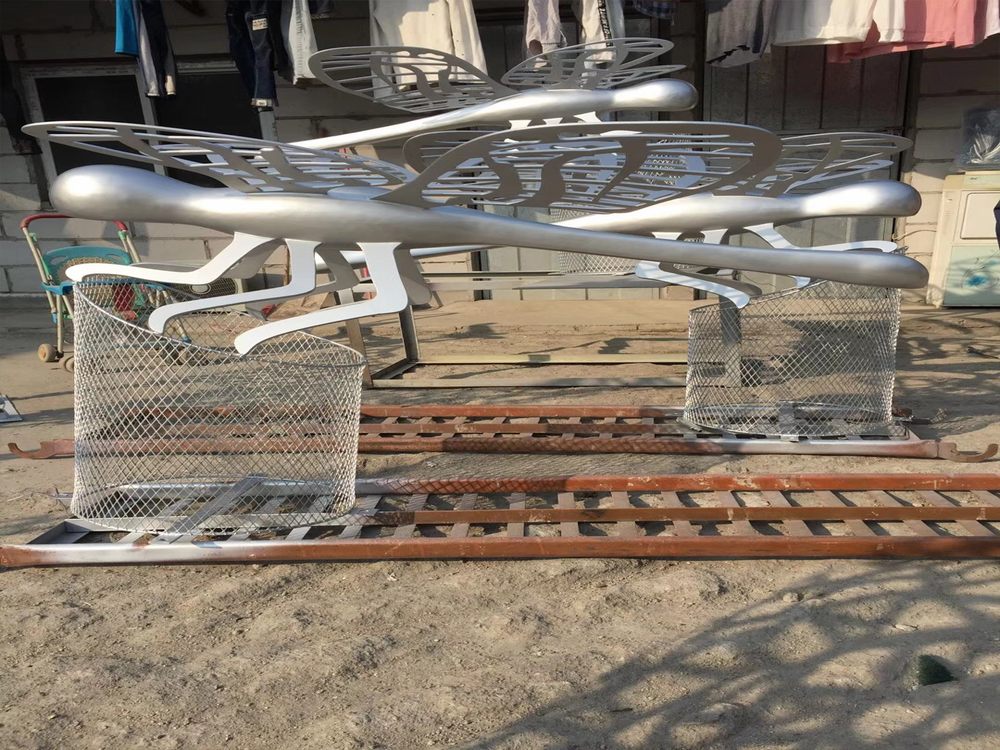
Wood carving is an ancient craft that celebrates the natural beauty of wood, but skilled artisans have mastered techniques to enhance their creations with color without overshadowing the wood's organic charm. The key lies in a delicate balance between artistry and preservation.
One common method is using translucent stains or dyes that penetrate the wood grain rather than covering it. These water or oil-based pigments allow the wood's natural patterns to show through while adding rich, subtle hues. Artisans often apply multiple thin layers to build depth without obscuring the wood's character.
For more vibrant effects, some carvers employ techniques like:
1. Selective painting - coloring only specific elements while leaving most surfaces natural
2. Dry brushing - using minimal paint to highlight raised details
3. Glazing - applying transparent color washes over carved textures
The choice of finish is equally important. Many artisans use matte or satin varnishes that protect without creating an artificial glossy look. Some even mix pigments directly into their finishing oils for a unified, natural appearance.
Traditional methods from different cultures offer unique approaches:
- Japanese artisans use natural plant-based dyes
- Scandinavian painters employ milk paints that soak into the wood
- Indigenous carvers often work with earth pigments
Modern artisans sometimes incorporate innovative materials like alcohol inks or acrylic washes that provide color intensity while maintaining wood visibility. The most successful pieces maintain a conversation between the artist's colors and the wood's inherent beauty, where neither dominates but both enhance each other.
Ultimately, the secret lies in the artisan's deep understanding of their medium - knowing how different woods absorb color, how grain patterns interact with pigments, and how to let the material's natural qualities guide the decorative process. This respectful approach transforms simple wood into art that honors both human creativity and nature's craftsmanship.

